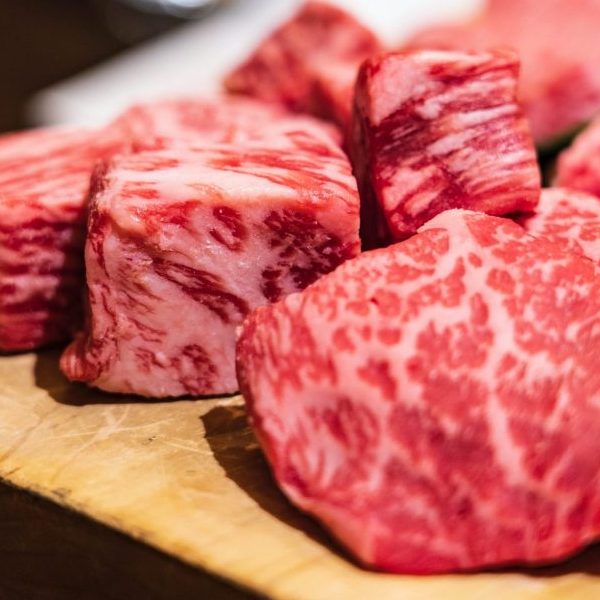Lest We Forget: Killing by the Numbers
Sarah Underwood—
Sometimes, the forgetting of history is accidental and gradual—a lost document, a mistranslation, or the unfortunate lack of a written record in the first place. On other occasions, events do not have to pass into history before they are forgotten. Those are the ones that are concealed from the start and for a reason. In Every Twelve Seconds: Industrialized Slaughter and the Politics of Sight, Timothy Pachirat tries to discover the reason for the extensive concealment within American slaughterhouses. In June 2004, the author took an entry-level position in an Omaha slaughterhouse and found that the work was so contained that although it is certainly hidden from consumers and the outside world, it is also concealed from the workers inside the walls.
 In his first job in the slaughterhouse, Pachirat hangs approximately twenty-five hundred livers a day inside the slaughterhouse’s cooler. His isolation from the actual death of the cattle, combined with the monotony of his work, shows him how “killing evaporates into a routinized, almost hallucinatory, blur.” The main function of slaughterhouses is concealed from the workers themselves by both the sameness of the work (“Five hooks, dip the rag, wring it. Five hooks, dip the rag, wring it.”) and the extremely nuanced division of labor—Pachirat includes an appendix of the 121 positions it takes to process just one cow.
In his first job in the slaughterhouse, Pachirat hangs approximately twenty-five hundred livers a day inside the slaughterhouse’s cooler. His isolation from the actual death of the cattle, combined with the monotony of his work, shows him how “killing evaporates into a routinized, almost hallucinatory, blur.” The main function of slaughterhouses is concealed from the workers themselves by both the sameness of the work (“Five hooks, dip the rag, wring it. Five hooks, dip the rag, wring it.”) and the extremely nuanced division of labor—Pachirat includes an appendix of the 121 positions it takes to process just one cow.
The existence of a single one of these 121 jobs allows the other 120 workers to maintain the belief that they do not take part in the deaths that occur every twelve seconds in the slaughterhouses. This worker is the “knocker,” who shoots a bolt gun into the cow’s head. Most of the workers understand the knocker to be the only employee to actually kill the cattle. In reality, the knocker only begins a process that lasts for fifty feet on the kill floor. The bolt gun does not necessarily kill the cow, nor does it even always render it unconscious. Other provisions have to be made for cattle that are still conscious as they are dragged along the kill floor. On the production line, there is no black-and-white division between “alive” and “dead,” but rather a grey area that lasts for long minutes.
The author’s point, however, is not to provide gruesome scenes for voyeurs or enrage us with sensationalism. Instead, he shows how the affects the people whose lives are forever altered by the work their circumstances force them to take. When Pachirat suggests to his coworkers that he is interested in taking a position as a knocker, one man says, “Nobody wants to do that. You’ll have bad dreams.” Another tells him that knockers have to attend therapy sessions because “…that will mess you up…that’s killing.” The responsibility of slaughtering is ostensibly placed on one worker, so while the 120 are somewhat separated from the work, the one (knocker) is separated from both the work and all of his coworkers. All of the workers are affected in ways that most of us would not want to imagine when we buy products from modern meatpacking companies. When another person has to go home every night wiping brains from his face or pulling guts from her hair, though, we start to consider why we know so little about the conditions under which our food is produced.
Sarah Underwood is a graduate of the College of William and Mary and a former Yale University Press intern. Her column, Lest We Forget, appears on the Yale Press Log.



